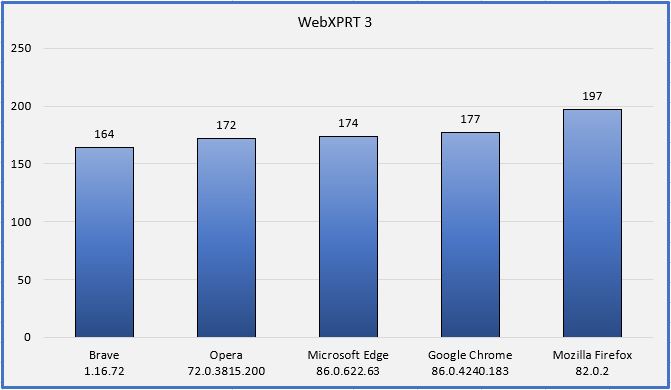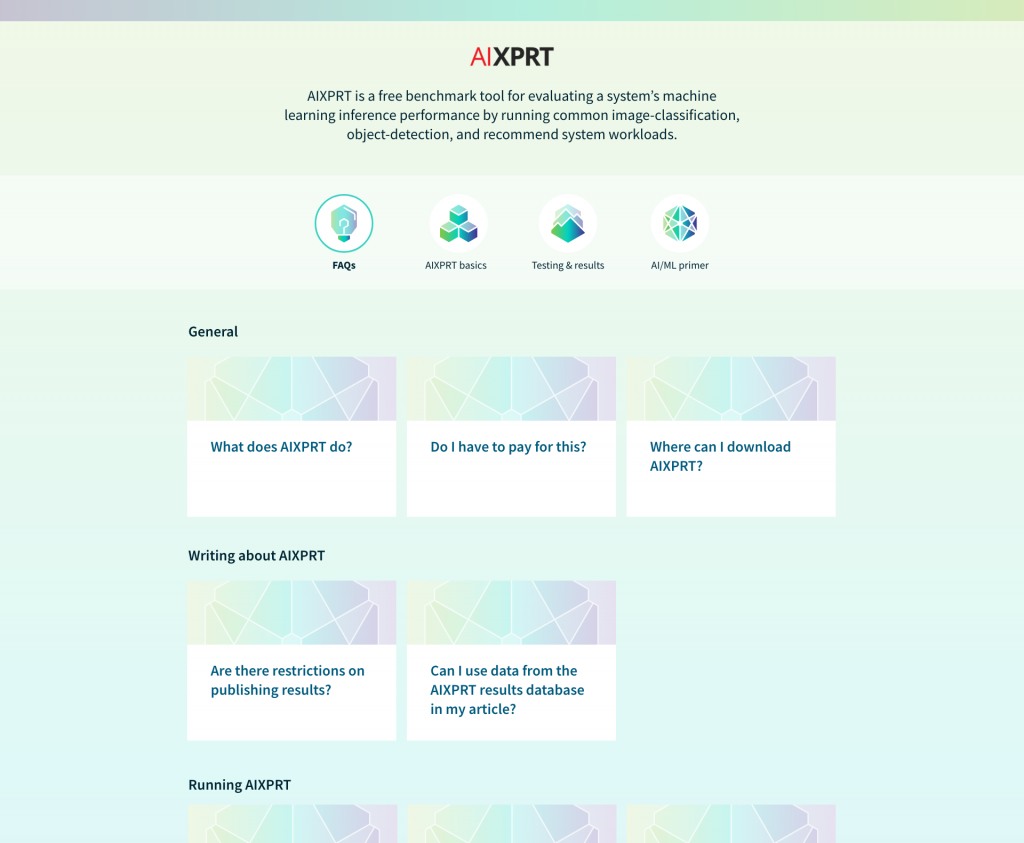We’re currently formulating our 2021 development roadmap for the XPRTs. In addition to planning CloudXPRT and WebXPRT updates, we’re discussing the possibility of releasing HDXPRT 5 in 2021. It’s hard for me to believe, but it’s been about two and a half years since we started work on HDXPRT 4, and February 2021 will mark two years since the first HDXPRT 4 release. Windows PCs are more powerful than ever, so it’s a good time to talk about how we can enhance the benchmark’s ability to measure how well the latest systems handle real-world media technologies and applications.
When we plan a new version of an XPRT benchmark, one of our first steps is updating the benchmark’s workloads so that they will remain relevant in years to come. We almost always update application content, such as photos and videos, to contemporary file resolutions and sizes. For example, we added both higher-resolution photos and a 4K video conversion task in HDXPRT 4. Are there specific types of media files that you think would be especially relevant to high-performance media tasks over the next few years?
Next, we will assess the suitability of the real-world trial applications that the editing photos, editing music, and converting videos test scenarios use. Currently, these are Adobe Photoshop Elements, Audacity, CyberLink MediaEspresso, and HandBrake. Can you think of other applications that belong in a high-performance media processing benchmark?
In HDXPRT 4, we gave testers the option to target a system’s discrete graphics card during the video conversion workload. Has this proven useful in your testing? Do you have suggestions for new graphics-oriented workloads?
We’ll also strive to make the UI more intuitive, to simplify installation, and to reduce the size of the installation package. What elements of the current UI do you find especially useful or think we could improve?
We welcome your answers to these questions and any additional suggestions or comments on HDXPRT 5. Send them our way!
Justin














